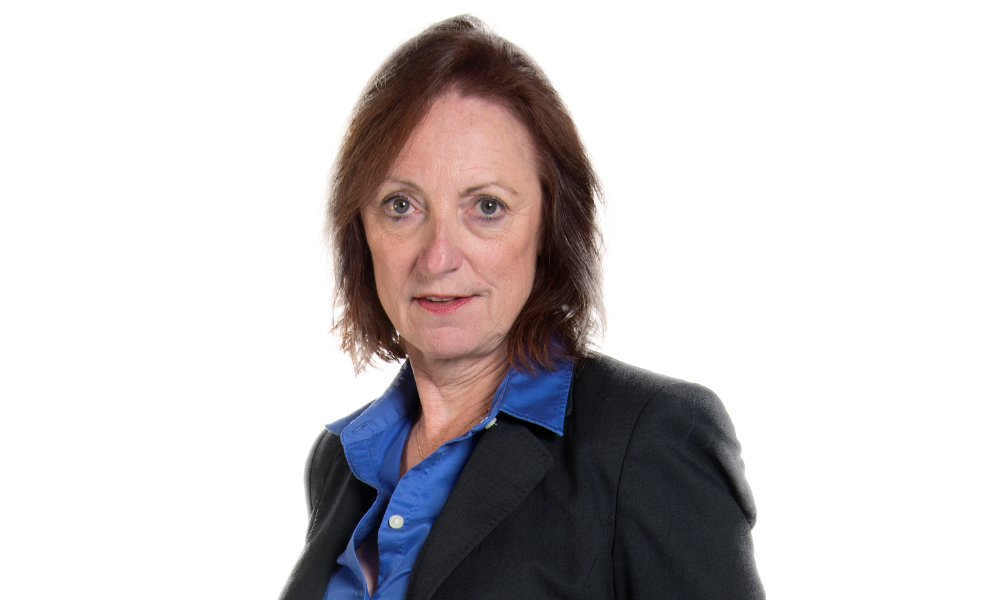Clients can double their money with this plan if advisors invest it right, says Mackenzie Investments estate planning expert

Advisors who want to help younger clients – or older clients’ children – build up a nest egg for a house down payment will soon have a new tool to provide them.
The Liberals introduced the tax-free First Home Savings Account (FHSA) in the 2022 federal budget. While it’s still waiting for royal assent, and won’t be available until next year, at least one tax planner is enthusiastic about what it’s offering the younger generation.
“This is another registered plan that is meant to help the younger group save for their first home,” Carol Bezaire, vice-president of tax, estate, and strategic philanthropy at Mackenzie Investments, told Wealth Professional.
“If advisors are working with their established clients who are worried about the down payment for their kids’ home, they can advise them to put the money into a FHSA to get it working for them rather than just giving them the money to put in their taxable account. That will also teach them financial literacy, and they can build on that money.”
Bezaire also recommended advisors discussing house buying with their clients or their children before they jump in as as house prices could cool even more yet.
In order to use the plan, the young people must be over 18, a resident of Canada, and not have owned a home. While the FHSA has some similarities to the federal government’s current Home Buyers’ Plan, Bezaire says it provides more advantages.
“The original Home Buyers’ Plan allows you to build up your RSP and then borrow from yourself, up to $35,000 tax-free, for your first home. But, you have to pay it back over a 15-year period or you’ll get taxed on the money,” she said.
With the new FHSA, she noted that people can contribute up to $8,000 a year in order to save $40,000 – rather than $35,000 – for their first home. The money can be held tax-free in the account for 15 years.
“Their $40,000 down payment could double if they invest it wisely with an advisor,” said Bezaire. “They have 15 years to grow this into a very hefty down payment if they want to wait for 15 years.
“Then, when they do want to buy a home, they can withdraw the money and it’s tax-free. They don’t have to pay it back. So, it’s much cleaner than the Home Buyers’ Plan.”
The one catch is that if they don’t put their allocated $8,000 in during a calendar year, they can’t catch up on it later. But, she said, if they have money in an RRSP, they can move it to the FHSA without paying tax on it, which allows them a little more flexibility than the Home Buyers’ Plan.
If a couple wants to buy a house, both can have plans – and put away $80,000 between them versus the $70,000 for two people using the Home Buyers’ Plan.
It they decide not to buy a house, Bezaire said they then have two options.
“You can cash it out after 15 years, but that’s going to be taxable income” she said. “Or you can move it over into your RRSP for a tax deferral – and you don’t have to use your contribution room. So, if your FHSA account is $40,000 and you only have $20,000 available for you to contribute to your RSP, it doesn’t matter, because that’s going to be a tax deferred transfer with no taxes.”
Learn the difference between RSP vs. RRSP in this article.
Bezaire likes what she’s seen so far, though the government still needs to release more details.
“I think it’s a good plan,” she said. “We won’t know all the details until 2023, but I know that a lot of companies, including Mackenzie and Investors Group, are looking at it closely because it’s just one more way to help Canadians save for the future.”



